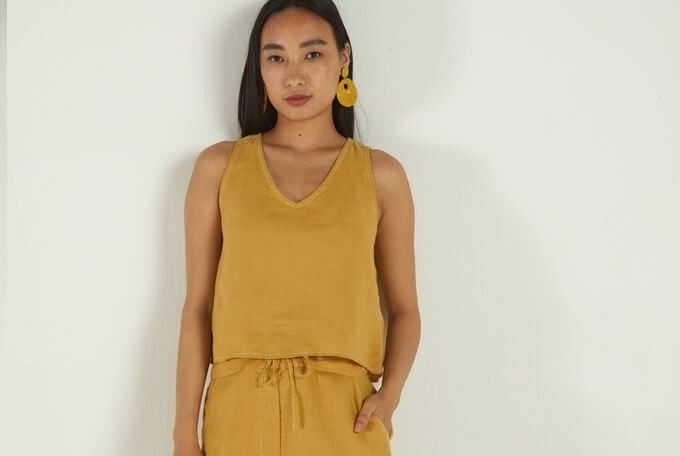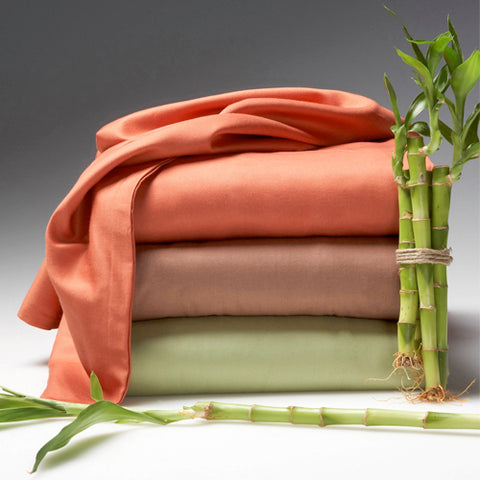Best Ideas On Picking Bamboo Clothes
Wiki Article
What Are The Advantages Of Low-Impact Hemp Clothing For The Environment?
Clothing made from low-impact hemp fiber offers a variety of environmental advantages compared to other materials for clothing. This includes clothing that is made from synthetic fibers, or conventional cotton. Hemp clothing has a variety of environmental benefits. It grows very quickly and needs less water and pesticides. Hemp is able to adapt to a variety of soil types and climates which means that it reduces the requirement for chemical fertilizers in agriculture.
Hemp uses less water in general than cotton, which is well-known for its excessive consumption. It makes hemp a green option for clothing.
Hemp is grown in most cases without the use synthetic pesticides and herbicides. It has a less environmental impact than chemical farming.
Hemp cultivation can enhance soil quality due to its deep-rooted roots system which assists in preventing erosion and compaction of soil. It also keeps the soil in a better condition to allow future crops to flourish.
Biodegradability Hemp fibres are biodegradable, and break down as they age. They reduce the environmental impact of textile waste. Contrary to synthetic fibers, such as polyester, which may require thousands, or even hundreds of years to degrade.
Lower Carbon Footprint Hemp fibers are made with a lower carbon foot print that synthetic materials. Hemp can also be a carbon sink because it absorbs CO2 from the air while growing.
Hemp clothing's durability as well as its longevity is well-known. Good quality hemp clothing lasts for an extended time, decreasing the need to replace them frequently.
Hemp plants have natural insect resistance, which decreases the need for chemical pest control.
Versatility- Hemp can be used for a wide range of textiles, including clothing, bags and accessories, making it a versatile and sustainable choice for fashion and textiles.
Regenerative Agriculture - Certain sustainable farming practices can be found in hemp in regenerative agricultural systems which seek to improve ecosystems and improve the quality of their ecosystems while generating crops. This approach may positively impact the natural environment.
The process of dyeing, the transportation, and consumer behaviours all play a role in the overall sustainability. In addition, as in any other industry the standards of production and methods can vary. To ensure you're getting the greatest environmental benefit, look for organic hemp clothing that is sustainable and organic. Follow the recommended click here on hemp clothing for more tips including hemp wear, hemp baja hoodie, 100 hemp t shirt, patagonia double knee pants, hemp long sleeve shirt, hemp yoga clothes, hemp dress, wholesale hemp fabric, hemp long sleeve shirt, hemp mens jeans and more.

What Are The Benefits Of Hemp Fibers With Regard To Carbon Sequestration?
Hemp fibers are a great source of carbon sequestration, sustainability and crops rotation in many ways and are therefore an environmentally friendly choice for both the textile and agricultural industries Carbon Sequestration-
Rapid growth- Hemp is a fast-growing plant that matures in approximately 70 to 120 days, dependent on the variety and growing conditions. Hemp plants absorb carbon dioxide (CO2) in their rapid growth stage as part of their photosynthesis process. The carbon uptake is a major contributor to carbon sequestration by reducing the CO2 levels in the atmosphere.
Hemp has a significant biomass production. The dense foliage of the plant and its tall stalks create an incredible amount of organic matter. When integrated in soil, or used to make various products, can contribute to a buildup of carbon.
Sustainability:
Hemp needs less synthetic pesticides, herbicides and herbicides than other crops, such as cotton. Its natural resistance reduces its requirement for chemical intervention. Organic hemp farming, particularly is a sustainable farming method by avoiding synthetic chemicals.
Hemp can be watered with little water, unlike traditional cotton, which is water-intensive. This makes it more sustainable for regions with limited resources of water.
Soil Health- Hemp's extensive root system can boost the health of soil. Its deep roots can help to reduce runoff by stabilizing the soil and improving soil structure. Hemp is a great plant to boost soil microbial activity. This enhances the cycle of nutrient and soil fertility.
Crop Rotation Hemp can be incorporated into crop rotation systems. The practice of crop rotation is to alternate different crops in the same area over time. This practice can help break the pest and disease cycle and reduce erosion of soil and improve the soil structure. Hemp's role in rotation of crops helps sustain farming practices.
Crop Rotation
Hemp can be included in the rotation of crops along with other crops, such as grains, legumes or vegetables. Diversification helps farmers to maintain soil health and decrease diseases and pests. It also aids in balancing cycle of nutrient production.
The hemp's roots are deep and penetrate soil and aerate it, reducing compacting and increasing the amount of water that is absorbed. After hemp, improved soil structures can benefit the next crop.
Summary Hemp fibers can positively impact soil quality, they are compatible with crop rotation as well as enhancing the carbon sequestration process as well as sustainability. They achieve this by rapid growth, biomass, minimal chemical use as well as their water efficiency and compatibility with crop-rotation methods. The hemp fibers that are produced by this sustainable, regenerative farming practice can be a fantastic choice for textiles. Read the most popular hemp clothing for site advice including nomad hemp clothing, patagonia hemp shorts, organic hemp hoodie, hemp tank top, hemp clothing, hemp pants womens, hemp mens jeans, patagonia iron forge jacket, hemp t shirts wholesale, hemp swimsuit and more.

What Are Some Of The Benefits That Bamboo Clothing Has For The Environment And Comfort?
Bamboo clothing has many advantages for both environmental sustainability and comfort.
Bamboo fabric is famous for their incredible softness. It has a soft velvety texture that is easy to wear. Bamboo clothing is incredibly soft and is popular for loungewear, activewear intimate clothing, and different kinds of clothes.
Breathability- Bamboo fibers are naturally breathable and moisture-wicking. The tiny gaps in the fabric permit air to flow to keep you cool and cool in hot temperatures. The moisture-wicking qualities help to draw sweat away from the body, which reduces dampness.
Thermoregulation- Bamboo clothing has excellent thermoregulatory properties. Bamboo clothing is able to keep you warm by capturing the body heat. In hot temperatures, bamboo clothes will keep you cool by allowing warmth and moisture to escape. Bamboo clothing can adapt to different temperature can make bamboo clothing suitable for wearing all year.
Hypoallergenic Bamboo fabric is hypoallergenic, and gentle on sensitive skin. Bamboo fabric is more likely than other materials to cause allergic reactions or irritation, therefore it's an ideal option for those with sensitive skin or allergies.
Bamboo fibers are naturally antimicrobial and can inhibit the development of bacteria that produce odor. This helps to maintain the freshness and freshness of bamboo clothing, even during physical activities.
Environment-
Sustainability- Bamboo is an extremely eco-friendly and sustainable source of energy. Bamboo is among the fastest-growing plants on the planet. It needs very little water, and doesn't require herbicides or pesticides in order to cultivate. Bamboo can be grown from roots, making it possible to harvest the plant without damaging the plant.
Bamboo is water efficient by nature. It is able to thrive even without irrigation, and can often be grown by rainwater alone. This reduces the environmental impact associated from agricultural water use.
Biodegradability Bamboo clothing naturally breaks down when disposed of. This reduces the amount in the landfills of non-biodegradable fabrics.
Carbon Sequestration Bamboo plant are able to absorb carbon dioxide (CO2) in the course of rapid growth. Bamboo can be used as a carbon sink in order to help mitigate climate change.
Chemical Reduction. The production of bamboo fabric typically involves the least amount of chemical processing and treatment than other types of textiles. This means that the industry of textiles has a lower environmental impact.
Closed-Loop Manufacturing- Certain manufacturing methods for bamboo fabrics employ closed-loop manufacturing, which recycles and reuses water as well as chemicals to reduce the waste and environmental impact.
It is important to be aware that the impact of your actions on the environment on bamboo clothing will vary based on whether or not it's made from sustainable and ethically managed bamboo forest. To reap the maximum environmental benefits, consumers must look for bamboo clothes made with eco-friendly and ethical methods. Check out the recommended bamboo clothing info for more advice including angel dear bamboo pajamas, bamboo pants for women, bamboo womens shirts, bamboo top, childrens bamboo socks, bamboo brand jeans, bamboo pants mens, womens bamboo t shirts, bamboo maternity, bamboo polo shirts and more.
